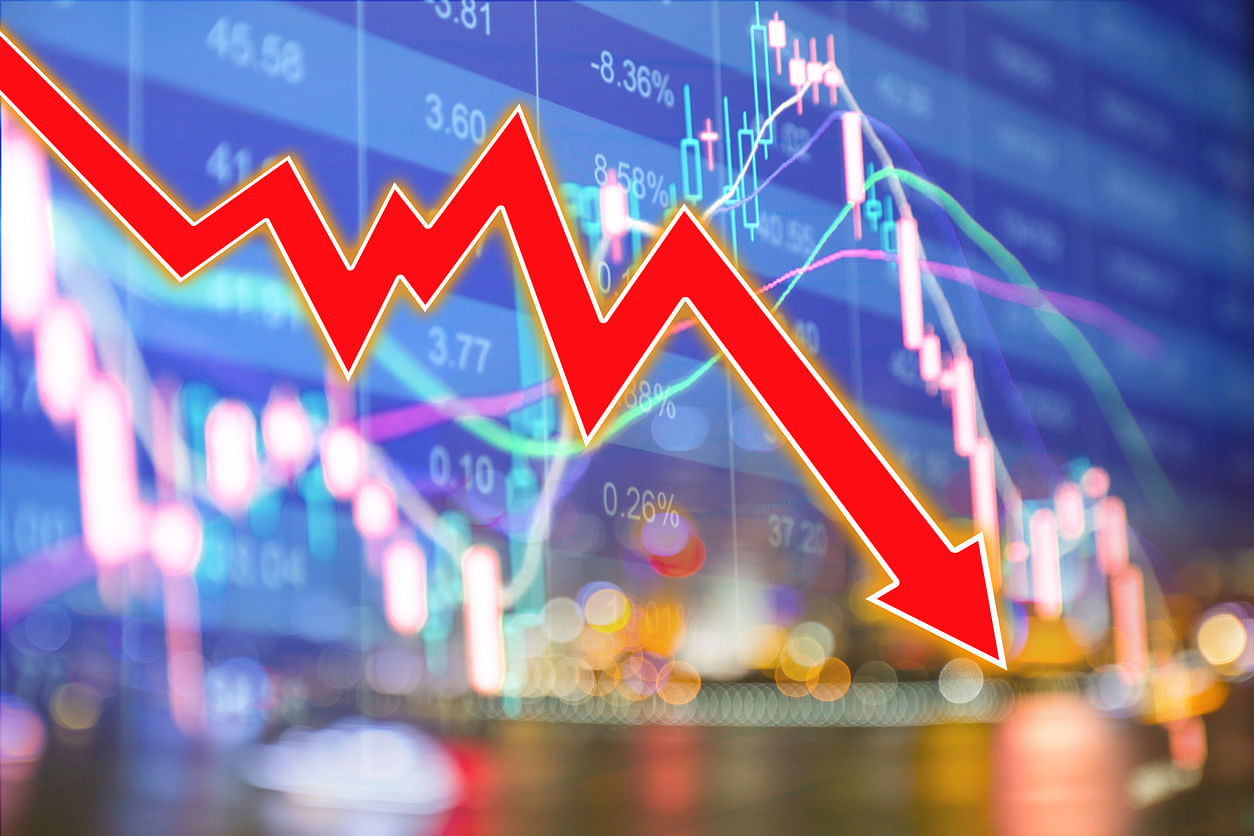Global confidence in trade and integration has dwindled significantly with the emergence of coronavirus. The virus is disrupting trade and economic potentiality of not only individual countries but also regional groupings and world economy.
The most heinous and debilitating impact of this pandemic is the dislocation in the global supply chain. As China falters to provide smooth supply of intermediate products to feed the global supply chain, the future of global trade has come under threat.
China accounts for almost one-fifth of global manufacturing. Intermediary products that are produced in China are predominantly in the categories of electronics, car, machinery and textile products. Non-involvement of Chinese inputs from these supply chains in some instances will lead to production coming to a grinding halt as has been the case with Hyundai Motor in South Korea.
In other instances, alternative or near solutions will be found but they may be sub-optimal and can lead to lower volumes of production with higher cost. In that case, such alternative plans will embed higher costs throughout the supply chains and could ultimately result in higher inflation.
The picture is equally grim for countries which supply intermediary products to China’s shut factories. The two economies that are most affected are Taiwan and South Korea; their top export to China is the electronic integrated circuit, which accounts for 5% of Taiwan’s gross domestic product and 2% of South Korea’s.
Having known that the flow of goods across borders has been jeopardised, the virus has also been highly disruptive in many services areas such as tourism, temporary movement of skilled workers to different countries and movement of professionals delivering expertise and advisory services.
Chinese tourists travelling to South East Asian countries such as Singapore, Philippines, Malaysia and Thailand have encountered large disruption in their movement. For instance, Chinese tourists in countries such as Thailand where Chinese tourism accounts for 2.7% of GDP, have witnessed a huge decline leading to a slowdown in the economy.
One of the prominent long-term consequences of the coronavirus, however, might be its impact on the already faltering confidence in trade. Prior to coronavirus, though there was some semblance of trade conflict and trade skirmishes, business and government had never lost hope in trade and integration.
They had confidence in trade, in its ability to deliver mutual benefits, and in the ability of the multilateral trade system to reduce trade barriers, resolve conflict and inculcate a sense of stability and trade fairness. This confidence had allowed trade to grow at roughly twice the rate of global GDP growth for most of the post-war era and led to steadily deeper economic integration.
Of late, however, this confidence in the benefits of trade and integration has suffered several blows. Persistent China-US trade war, US-Iran crisis, disagreement over production of oil between USA and Russia-Saudi Arabia, lack of global demand and global supply due to coronavirus crisis - all combined together will present a huge challenge in terms of trade and integration for several countries.
Regaining momentum
Such a perception did not happen overnight or was precipitated by a single development. It has been the gradual accumulation of several factors of which the coronavirus is deadliest and the latest in the series. It threatens to destroy all possibilities of regaining the momentum of trade and integration.
Consider what immediately preceded coronavirus. Global steel and aluminium tariffs imposed by the US in 2018 were a shock to the global trade system and produced almost immediate in-kind retaliation. The gradually escalating US-China trade war began to ramp up later that year, taking the average US tariff on Chinese imports from 3% at the onset to almost 20% now.
China’s exports to the US dropped 12.5% last year while China’s imports from the US plunged 20.9% in 2019 from a year earlier, according to data from China’s General Administration of Customs. The US continues to weigh other substantial trade actions that will surely beget commensurate retaliation. Given all this, it is perhaps unsurprising that last year, global trade suffered its worst performance ever outside a recession, growing by only 1%.
These bilateral trade tensions and disputes are unfolding as the multilateral trade system, to a large extent, is simply proving to be futile or breaking down. In the quarter-century of its existence, the WTO has failed to conclude even a single round of multilateral trade negotiation and its dispute settlement function has been derailed by an impasse over appellate judges.
If we wish to ensure the sustainability of trade, the challenge will be to recognise and confront the new and sometimes uncomfortable realities of imbalanced trade outcomes, rather than rely on the assumptions, structures and conventional wisdom that have defined our approach to trade in the post-war era.
(The writer is Professor, LBSIM and former Senior Faculty, IIFT Delhi)
